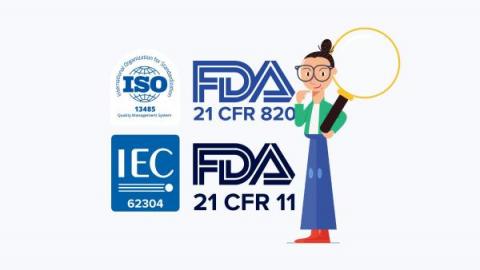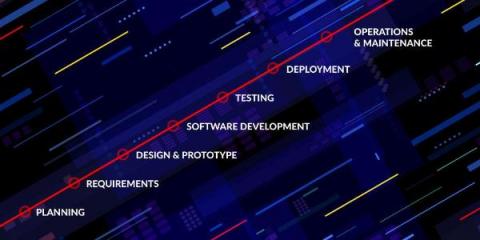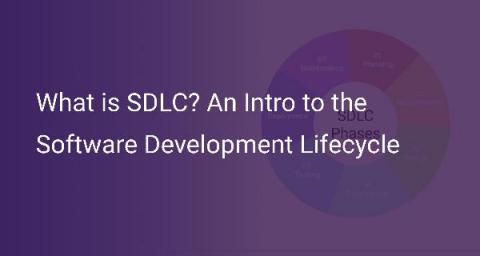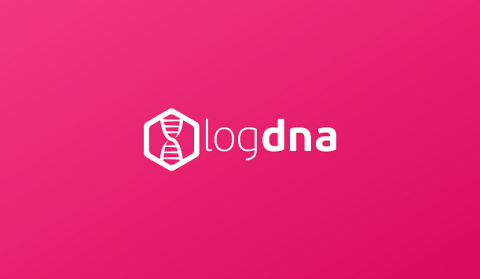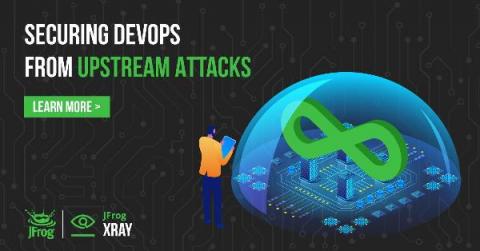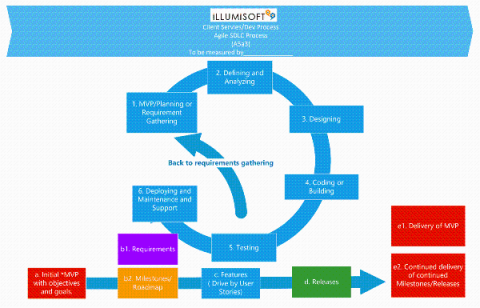Operations | Monitoring | ITSM | DevOps | Cloud
Latest Posts
How to prove your SDLC is being followed for compliance with medical standards like IEC 62304
If you’re part of a software engineering team in digital health, medtech, medical devices, Software as a Medical Device (SaMD), etc. you have to comply with regulatory standards. And one of the biggest challenges engineering leads have in this sector is figuring out what they have to do to achieve software delivery compliance.
What Is a Secure SDLC?
The Software Development Lifecycle (SDLC) framework defines the entire process required to plan, design, build, release, maintain and update software applications, including the final stages of replacing and decommissioning an application when needed. A Secure SDLC (SSDC) builds on this process, integrating security at all stages of the lifecycle. When migrating to DevSecOps (collaboration between Development, Security, and Operations teams), teams typically implement an SSDLC.
The SDLC: phases, popular models, benefits & more
What is SDLC? An Intro to the Software Development Lifecycle
SDLC is one of the age-old terms in the software industry. SDLC stands for Software Development Lifecycle and is a methodology that defines various strategies and steps for building high-quality software most efficiently. SDLC is undoubtedly an integral part of most organizations’ development routines.
Why Logging Matters Throughout the Software Development Life Cycle (SDLC)
There are multiple phases in the software development process that need to be completed before the software can be released into production. Those phases, which are typically iterative, are part of what we call the software development life cycle, or SDLC. During this cycle, developers and software analysts also aim to satisfy nonfunctional requirements like reliability, maintainability, and performance.
SDLC Security: It's Personal for JFrog
What Is The Software Development Life Cycle (SDLC)?
In our industry, we often like to use the analogy of building a house when we describe how we build software. In our house-building analogy, this would be the blueprint of the house or the process that we are going to follow to construct a home or software. The analogy continues to be relevant because of all the interdependencies that are at work in terms of understanding the blueprint and translating it into work.
How to Incorporate Security Into Your company's SDLC
It’s been shown that if you follow a proven collection of practices for developing, designing, testing, implementing, and maintaining your software, you will produce a much higher quality product. Over the past few years, we have seen an increasing number of cases of attacks on the application layer. The Open Web Application Security Project, OWASP, estimates that around one-third of web applications contain security vulnerabilities.



